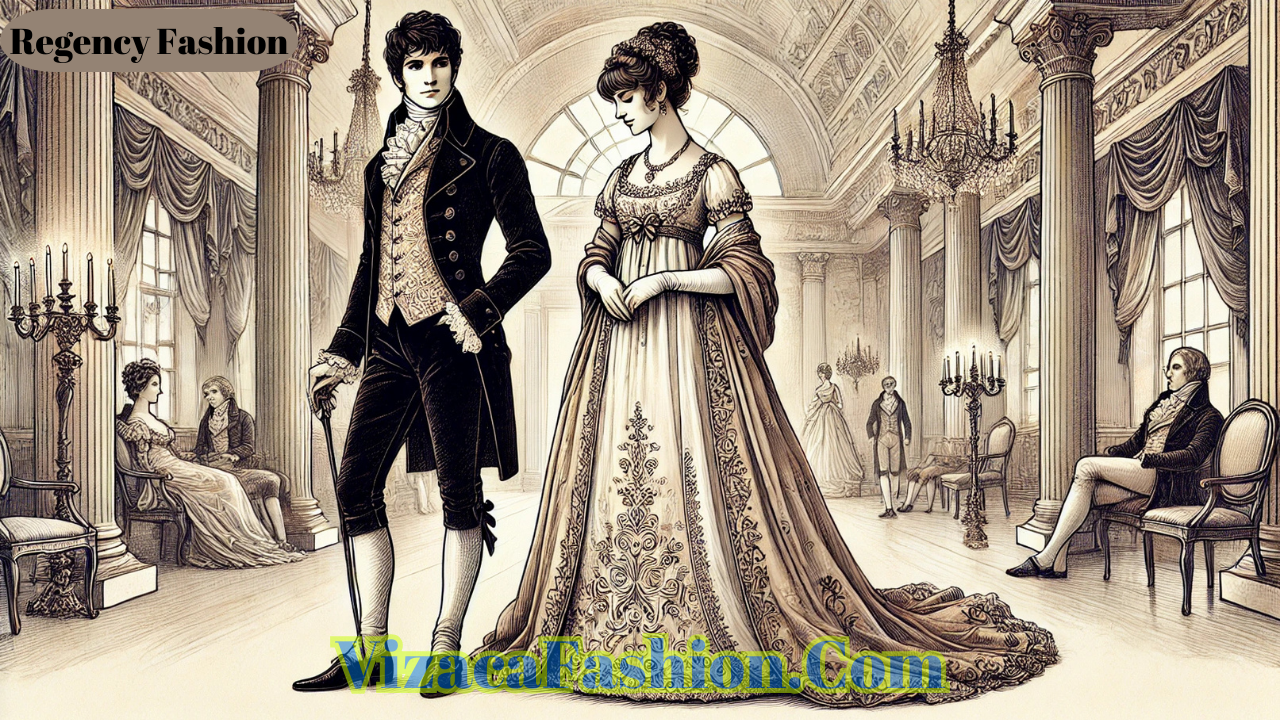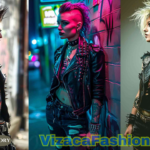The Regency era, spanning from 1811 to 1820 in Britain, was marked by profound cultural, social, and political changes. Among these, the fashion of the Regency period holds a special place in history, celebrated for its grace, simplicity, and elegance. This article delves into the details of Regency fashion, exploring its distinctive features, cultural significance, and the legacy it has left behind.
The Historical Context of Regency Fashion
Regency fashion emerged during a time of societal transformation. The Industrial Revolution, the Napoleonic Wars, and the Regency of Prince George (later King George IV) shaped this era’s cultural landscape. These influences were reflected in the clothing styles of the period, which transitioned away from the opulent and restrictive garments of the Georgian era to simpler, more functional designs. The ideals of the Enlightenment and the influence of classical antiquity also played a significant role in shaping the aesthetic preferences of the time.
Characteristics of Women’s Regency Fashion
High-Waisted Empire Silhouettes
One of the most iconic features of Regency women’s fashion was the high-waisted empire silhouette. Dresses were fitted just below the bust and flowed down in soft, straight lines, emphasizing natural grace over exaggerated forms. This design was inspired by ancient Greek and Roman clothing, reflecting the era’s fascination with classical antiquity.
Lightweight Fabrics
The preference for light and breathable fabrics such as muslin, silk, and cotton defined Regency fashion. These materials draped elegantly, enhancing the simplicity and femininity of the designs. Dresses were often adorned with delicate embroidery, lace, or ribbons, adding subtle touches of luxury.
Sleeves and Necklines
Women’s dresses featured a variety of sleeve styles, from short puffed sleeves for daywear to long, fitted sleeves for evening attire. Necklines ranged from modest square or round shapes to lower, more daring cuts for formal occasions. Shawls, scarves, and spencers (short jackets) were popular accessories to complement the look.
Men’s Regency Fashion: Refined and Tailored
Frock Coats and Tailcoats
Men’s clothing during the Regency era emphasized tailored elegance. Frock coats and tailcoats became staples of men’s wardrobes, with high collars and fitted waists creating a polished appearance. Dark, subdued colors such as black, navy, and deep green were favored for formal attire, reflecting the restrained sophistication of the period.
Breeches and Trousers
Breeches, which ended just below the knee, were worn with stockings and were a common choice for formal occasions. However, trousers began to gain popularity during this period, particularly for informal settings, marking a significant shift in men’s fashion.
Accessories and Details
Cravats and waistcoats added a touch of individuality to men’s outfits. Cravats, tied intricately around the neck, showcased personal style and often incorporated fine fabrics like linen or silk. Waistcoats provided a layer of color and pattern, contrasting elegantly with the darker outer garments.
The Role of Social Class in Regency Fashion
Fashion during the Regency era was closely tied to social status. The aristocracy and upper classes set the trends, with their wealth allowing them to indulge in high-quality fabrics and custom tailoring. In contrast, the middle and lower classes often adapted these styles using more affordable materials and simpler designs. Second-hand clothing markets also thrived during this time, allowing those of modest means to emulate the fashion of the elite.
Regency Fashion for Special Occasions
Eveningwear
Evening attire for women was more elaborate than daytime clothing. Gowns were often made of silk or satin, adorned with beads, sequins, or embroidery. Gloves, fans, and delicate jewelry completed the ensemble. Men’s eveningwear consisted of dark tailcoats, white shirts, and formal cravats, paired with polished shoes.
Wedding Attire
Regency wedding fashion reflected the simplicity and elegance of the era. Brides often wore gowns in white or pastel shades, symbolizing purity and innocence. Veils, floral wreaths, and lace accents added a romantic touch. Grooms adhered to formal menswear, with waistcoats and cravats tailored to perfection.
Influence of Regency Fashion on Modern Style
Regency fashion continues to inspire contemporary clothing and popular culture. The enduring popularity of Jane Austen’s novels and their film adaptations has brought renewed interest in the elegant styles of the period. Modern designers often incorporate Regency-inspired elements, such as high waistlines, flowing fabrics, and delicate embellishments, into their collections.
Regency Fashion in Popular Media
Television shows and films set in the Regency era, such as Bridgerton and adaptations of Jane Austen’s works, have sparked a resurgence of interest in this iconic fashion period. These portrayals not only celebrate the beauty of Regency attire but also highlight its cultural and historical significance.
Conclusion: The Timeless Allure of Regency Fashion
Regency fashion is more than just a historical style; it is a testament to the values and aspirations of an era. Its emphasis on elegance, simplicity, and refinement has left a lasting legacy, influencing fashion trends for centuries. Whether through its presence in modern design or its portrayal in popular media, Regency fashion remains a symbol of timeless beauty and sophistication.


